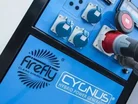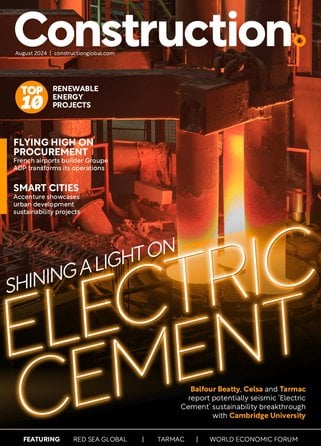Alternative power for construction projects

Emission reduction targets, such as the 2030 climate and energy framework in Europe, which sets to reduce greenhouse gas emissions by 40 percent and the UK Government 2050 target, which aims to reduce its emissions by at least 80 percent, represent an appropriate contribution to global emission reduction. However, more has to be done to meet these stretching targets.
Emissions within the construction industry
In the UK, over half of its emissions are accounted for by the construction industry alone. As a result, reduction of CO2 and NOx emissions have become a key consideration for main contractors. When considering reducing emissions in this sector, all too often the focus is on the sustainability of the actual building components, with not enough focus on the products used to enable the build. Temporary power, for example, is an important contribution to the overall emissions footprint of a construction project, particularly where there is a requirement for 24-hour power.
Reducing CO2 and costs with hybrid power
Running diesel generators is expensive, yet despite this they are still typically used to supply 24-hour power; in the UK, this includes high daytime loads and low overnight loads. Although high daytime loads are necessary to carry out the building work, low loads overnight – for security and lighting for example – result in large amounts of fuel being burnt unnecessarily, making the generator inefficient. If we compare this to France, generators are turned off overnight, yet they are still used during the day even when low loads are required. What’s more, diesel generators always consume a baseline of fuel even if they are delivering no power.
Ultimately, the constant use of diesel generators regardless of the load requirement, makes them more costly than they need to be, along with producing unnecessary CO2 and NOx emissions. In addition, running diesel generators at very low loads can damage and ultimately reduce the life of the generator.
Andy Mead is Director and Founder of Firefly. Read his full article in the February 2016 issue of Construction Global.
Follow @ConstructionGL
- How Industrial Power Connectors Boost Site SafetyConstruction Projects
- IFS and Anthropic: An AI Alliance For Heavy IndustryTechnology & AI
- Currie & Brown: How Global Volatility Hits ConstructionConstruction Projects
- Gensler Leveraging Climate Tech for Built EnvironmentSustainability & Green Building



